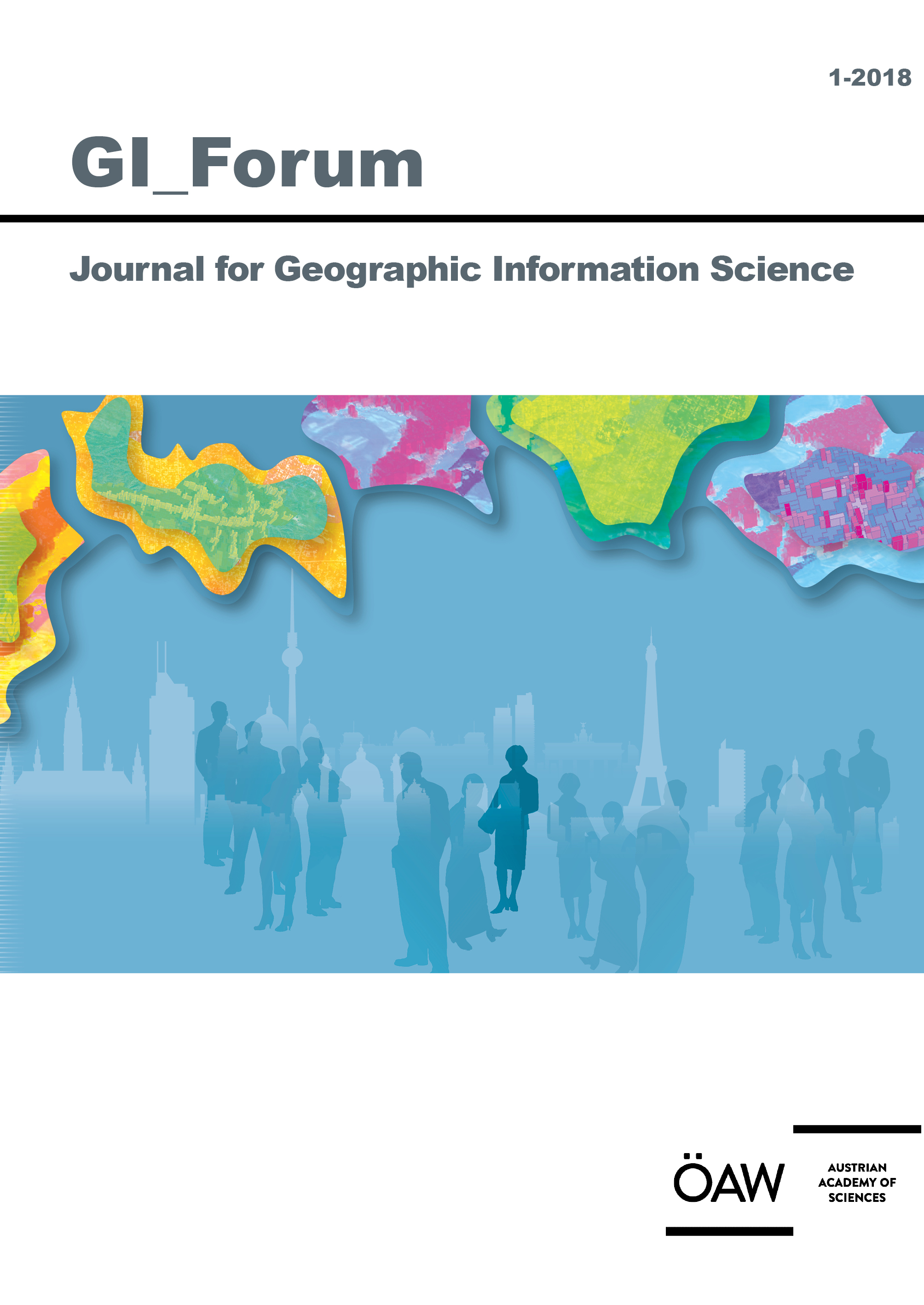
GI_Forum 2018, Volume 6, Issue 1, pp. 135-151, 2018/06/22
Journal for Geographic Information Science

Repeat Station Imaging (RSI) for image acquisition is compared with non-RSI to assess the methods’ effects on vertical and volumetric estimation using structure from motion (SFM). Aerial triangulation (i.e., SFM) is used to create three-dimensional reconstructions of the study area using unmanned aerial vehicle-acquired imagery. Targets of known volume were deployed throughout the scene and manipulated to create changes between the first and subsequent flights. An RSI flight and two non-RSI flights were compared to a baseline flight in order to estimate a series of introduced volumetric changes, which were then compared to known volume changes. Using images with a nominal ground sampling distance of 1.96 cm, results show a total root-mean-squared-error (RMSE) of 0.035 m3 and mean percent error (MPE) of 25.9% for the RSI flight, and average RMSE of 0.057 m3 and MPE 33.3% for the two non-RSI flights. For the measurement of volumetric changes to extant features, the RSI flight had an RMSE of 0.026 m3 and an MPE of 17.6%; the average RMSE and MPE of the two non-RSI flights were 0.071 m3 and 39.4%. These results show that RSI has the potential to improve the accuracy of volumetric and height change estimation.
Keywords: structure from motion, change detection, unmanned aerial vehicle, digital surface model (abbreviations1)